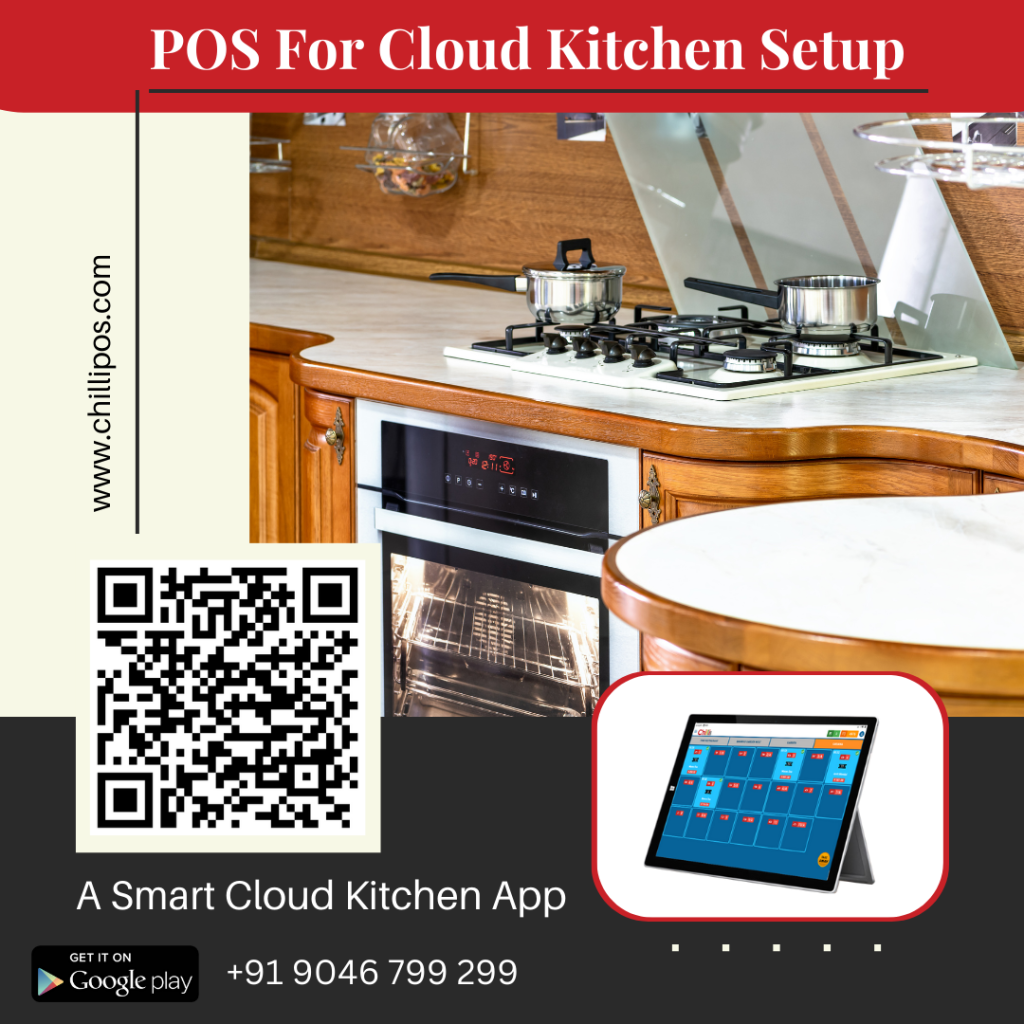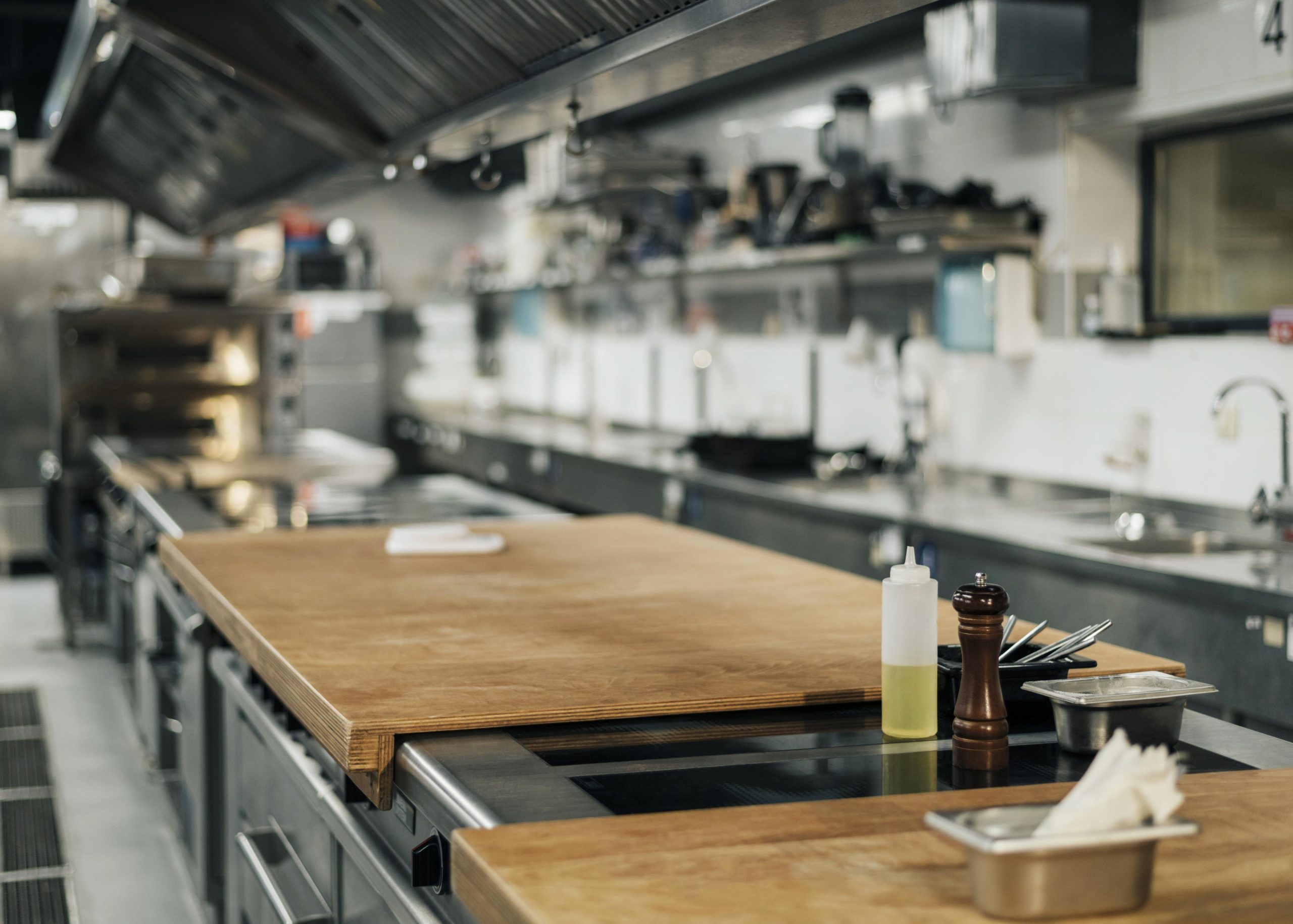Exploring Diverse Cloud Kitchen Models
The concept of cloud kitchens, also known as virtual kitchens or ghost kitchens, has revolutionized the food industry. These kitchens operate without a traditional dine-in space, focusing solely on preparing food for delivery and takeout. With various types of cloud kitchens emerging and thriving, the integration of a cloud kitchen POS (Point of Sale) system has become pivotal in streamlining operations, enhancing customer experiences, and driving growth. This article delves into different cloud kitchen models and highlights how a restaurant POS app and POS billing software can contribute to the development of a successful cloud kitchen.
Exploring Types of Cloud Kitchens
Single-Brand Cloud Kitchen:
This model revolves around a single culinary concept, where a virtual kitchen prepares and delivers a specific type of cuisine. Such kitchens can be more focused and efficient in their operations, as they cater to a niche audience with a particular taste.
Multi-Brand Cloud Kitchen:
Multi-brand cloud kitchens host multiple virtual restaurant concepts under one roof. This approach allows kitchen resources to be shared across various brands, maximizing efficiency and catering to a wider range of customer preferences.
Aggregator Cloud Kitchen:
Aggregator cloud kitchens act as intermediaries between existing restaurants and delivery platforms. They provide infrastructure and facilities to these restaurants, allowing them to expand their delivery reach without setting up dedicated delivery operations.
Shared Kitchen Spaces:
In this model, multiple food businesses share a communal kitchen space, reducing individual operational costs and creating a collaborative environment. This approach is especially beneficial for small-scale entrepreneurs.
Leveraging Cloud Kitchen POS for Growth
Efficient Order Management: A restaurant POS app designed for cloud kitchens allows seamless order management. Orders from multiple delivery platforms can be consolidated into a single interface, reducing the chances of errors and improving order accuracy.

Inventory and Ingredient Tracking: Cloud kitchen POS systems often include features for inventory and ingredient tracking. This helps kitchen managers maintain optimal stock levels, reduce wastage, and plan menu offerings effectively.
Menu Customization: A cloud kitchen POS enables easy menu customization and adjustments. This is crucial in responding to customer preferences, incorporating seasonal changes, and introducing new items swiftly.
Real-Time Analytics: POS billing software provides real-time insights into sales trends, peak hours, popular dishes, and customer preferences. This data empowers cloud kitchen owners to make informed decisions for menu optimization and business expansion.
Customer Relationship Management: Cloud kitchen POS systems offer CRM features, allowing businesses to collect customer data, preferences, and order histories. This information can be utilized to provide personalized experiences, loyalty rewards, and targeted promotions.
Streamlined Billing and Payments: With integrated POS billing software, the checkout process becomes smooth and efficient. This enhances the overall customer experience and reduces the likelihood of order cancellations due to payment issues.
Conclusion:
The evolution of cloud kitchens has transformed the way the food industry operates, offering a range of innovative business models. From single-brand to shared kitchens, each model comes with its own set of advantages. Regardless of the chosen model, the integration of a cloud kitchen POS system is essential for optimizing operations, enhancing customer experiences, and fostering growth. As the food industry continues to evolve, embracing technology such as restaurant POS apps and POS billing software will be key to staying competitive and thriving in the virtual culinary landscape.

